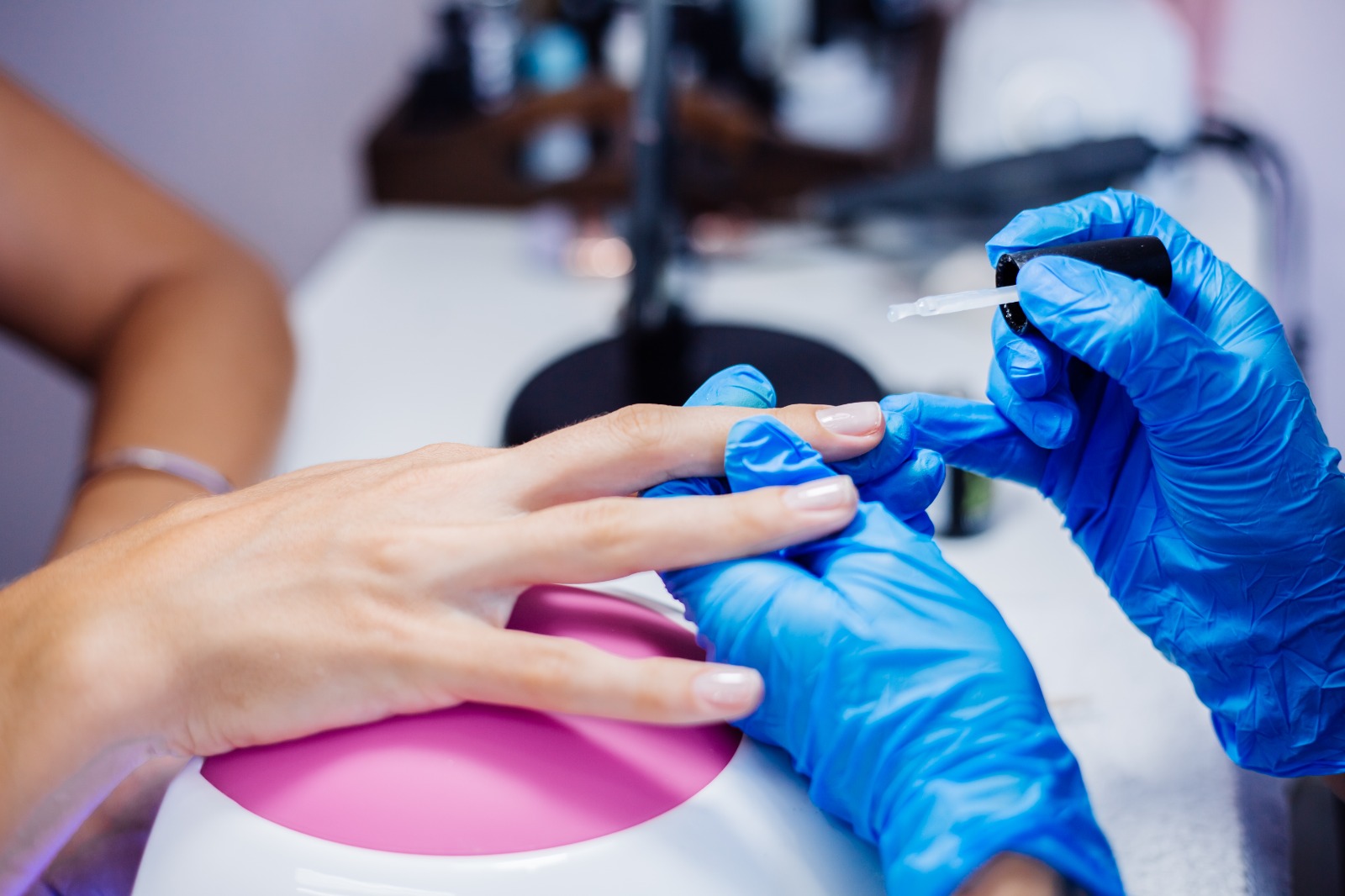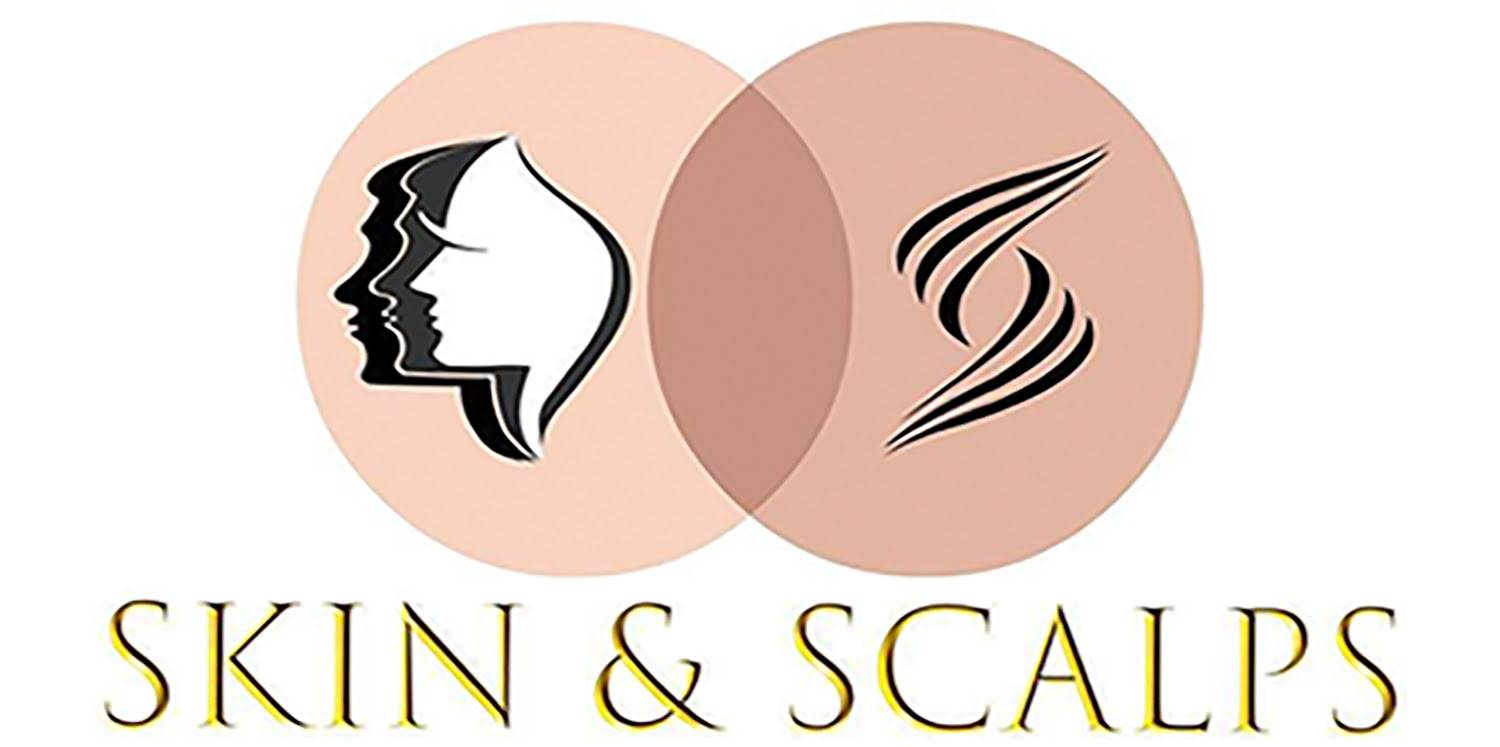Call Us: +91 8237007674 | +91 9175456781
Nail Treatments

Nail Treatments and Its Fungal Infections
Nail fungal infections are the most common diseases of the nails, making up about 50 percent of nail abnormalities. Fungus is normally present on the body, but if it overgrows, it can become a problem.
Dr Sohana may recommend Oral medications for nail fungus infection like:
- Terbinafine
- Itraconazole
- Fluconazole
These typically take up to 4 months before fully replacing the infected nail with uninfected nail.
In some extreme cases, she will opt to remove the entire nail.
Preventing nail fungus infections requires hand and foot hygiene. She suggests:
- Keeping nails short, dry, and clean
- Wearing socks that breathe, usually synthetic
- Using antifungal sprays or powders
- Wearing rubber gloves to avoid overexposure to water
- Refraining from picking or biting nails
- Wearing shoes or sandals in public places and pools
- Ensuring that your manicure or pedicure salon properly sterilizes tools
- Using artificial nails and nail polish less often
- Washing hands after touching infected nails
- Avoiding sharing shoes and socks
Did you know the shape, texture and colour of your nails reveal all sorts of secrets about the health of your body? Yes, vital clues about your overall wellbeing may be lying just at the end of your fingertips. Here’s how to spot them…
Spoon nails
Koilonychias – or the more comically named ‘spoon-shaped’ nails, describes a condition where the nails turn concave. Sometimes, this can be caused by the overuse of cleaning agents or chemicals wearing the nail away. But more commonly, it’s the result of an iron deficiency. Dr Sohana recommends a simple blood test to determine if you’re low in iron, which she can then treat with a high strength supplement.
White spots
While most people believe white spots on your nails indicate a lack of calcium in the diet, it turns out this a common misconception. Milk spots or leukonychia actually result from a more straightforward and simple explanation: you bumped or injured your nail. So, you’ll be glad to hear there’s no need to down pints of milk at the first glimpse of a white spot on your fingertips! Dr Sohana may recommend to strengthen your nails to prevent future injury by using grapeseed oil or a vitamin-E based hand cream.
Brittle nails
Brittle nails tend to be fragmented at the edges, crumbly, and have a yellowish tinge. If it’s just your fingernails that are affected, then this brittleness could stem from something external like harsh cleaning agents. However, if your toenails are also brittle, then you could have a nail infection. She will then guide you with the treatment,
Nail pitting
Ever wondered what explains those strange dimples and pinhead-sized dents on your fingernails? This nail malformation is usually triggered by allergic or immune related skin problems. She will evaluate your care and then recommend taking a high-strength vitamin D supplement to help with this.
Transverse grooves
Coined after the French physician Joseph Honore Simon Beau who first noticed the condition, ‘Beau’s Lines’ are single or multiple transverse furrows on the nail plate. These grooves can manifest from injury to the nail root, damage from certain medication like chemotherapy, or if you suffer from cold hands and feet. Usually, nature will run its course and this abnormality will dissipate after six months. A quick word on cold hands and feet problems though: it’s best to avoid exposing your hands to fluctuating temperatures. Visit Skin & Saclps Clinic today to know more.
Nail clubbing
Often described as ‘watch-glass nails’, this condition causes your nails to become round and convex, with the tips of your fingers appearing swollen. This complaint is often associated with issues relating to the heart or the lungs. To rule out any serious health issues, we recommend you to visit Dr Sohana for a routine examination.
Longitudinal grooves
This abnormality produces grooves that run from the nail bed to the edge, giving the surface a lacklustre and uneven finish. Though this condition is usually a tell-tale sign of old age, it could also signal low levels of vitamin B12. To improve the appearance of your nails, replenish your hands with an age-related moisturiser. And to ‘up’ your natural stocks of vitamin B12, make sure you eat plenty of meat, fish, dairy and eggs, or take a quality vitamin B12 supplement
Split nails
Split nails occur when the nail bed becomes broken and separated, which can be unsightly and inconvenient. Typically, this problem is caused by mechanical or chemical damage to the nail root. This good news is that you can use clear polish or nail glue to cement it back together, and it should grow out in time.
Cracked nails
Dry and brittle nails can stem from all sorts of things: the natural ageing process, the long-term use of nail polish, and exposure to moist conditions such as swimming or washing up. If this is coupled with a yellowish hue though, it’s more likely to be a fungal infection. Concerned? Best get it checked out by Dr Sohana at Skin & Salps Clinic.
Nail-biting
Can’t stop gnawing away at your nails when you’re feeling stressed or anxious? Although this habit can be an immensely satisfying way to curb your cortisol levels, each nibble and bite is not worth the long-term health implications for your fingertips. More scientifically known as onychophagia, nail biting doesn’t only damage your nails, but it can cause a transfer of bacteria from your mouth to your nails. This can lead to infections like paronychia, where the skin around your nails becomes red, raw and tender – ouch! But nail biting goes beyond just an unsightly, vulgar habit. Often, it can manifest from a mental health condition such as an anxiety disorder.
